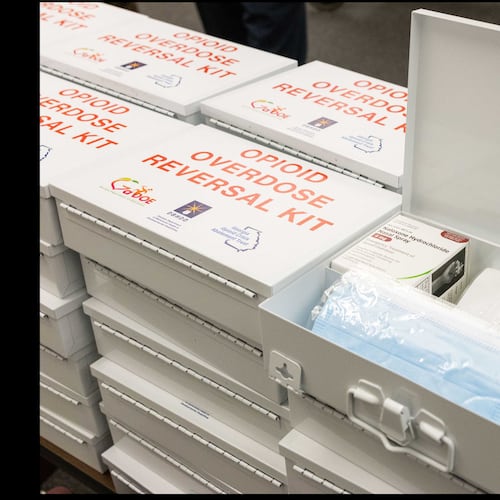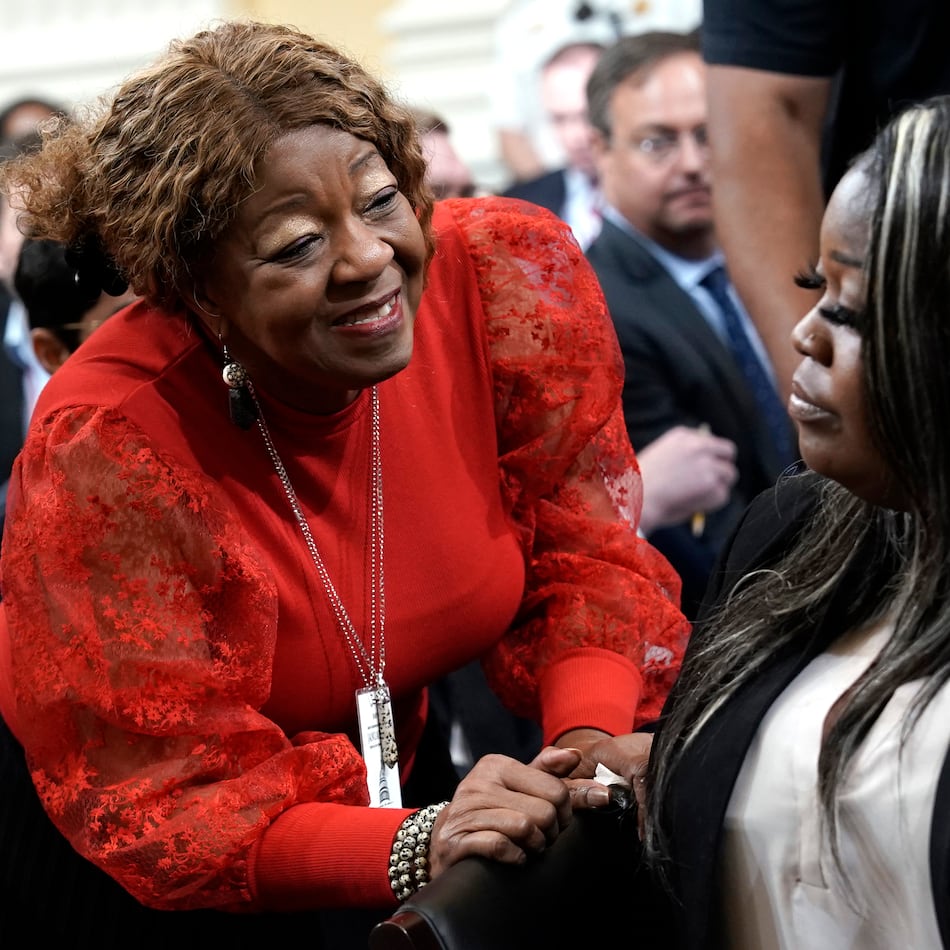In the fall semester, virtual learning sparked reopening protests from parents, highlighted inequalities in technology access and raised concerns about learning gaps from teachers and parents. Amid these concerns, some students have found benefits in learning in a virtual setting.
Teachers’ observations
For some students with learning disabilities or behavioral problems, virtual learning enables them to concentrate on their work without classroom distractions and speak up in class more freely.
Paige Eden is a high school science teacher in Savannah-Chatham County who taught virtually this semester. She thinks that some individualized educational plan (IEP) learners and twice exceptional students are learning better in a remote setting. IEP learners are students with a learning issue, while twice exceptional students are gifted and also have a learning disability.
“They are learning at a higher level than I’ve ever seen them learn because they’re not intimidated by their peers, they’re not afraid to type something in the chat to me to ask a question because they can do that safely without someone looking at them silly because they asked a question,” Eden said.
Alison Cundiff, who teaches seventh grade English language arts to general education, gifted and English language learners in Gwinnett County, echoes this observation at the middle school level.
“I have had several students with different learning difficulties, say ADHD, or who have had behavioral issues in the past, and they’re happy, they’re excited to participate, they don’t feel like someone is just waiting to whisper something behind them. They can actually engage better in those cases, and that’s been a really heartwarming thing to see,” said Cundiff, who teaches students both virtually and in person.
Credit: Casey Sykes
Credit: Casey Sykes
Parental perspective
In some cases, virtual learning works well for one child in a household and not for others.
Rachel Roseman’s two kids attend school remotely in Fulton County. Roseman was an ESOL teacher in Fulton County, but resigned from teaching this semester to focus on helping her kids learn at home. Her fifth grade son prefers learning online because he can work at his own pace with fewer distractions. On the other hand, her second grade daughter dislikes it and struggles to be on the computer most of the day, sometimes getting headaches.
Credit: Casey Sykes
Credit: Casey Sykes
Jenn Kunz’s children attend school in Cobb County. They learned virtually last spring and for the first part of the semester this fall while the county stayed with virtual learning, but returned to face-to-face learning for the rest of the semester.
Her seventh grade son has ADHD, and the school’s online system helps him stay organized with assignments. Although the family moved within the district to different schools this year, it was easy for him to stay in touch with friends from his old school. For her fourth grade daughter, virtual learning did not work well, and there was no time during the day for her to chat with other kids.
Kunz says her son learns a lot like her: She also has ADHD and did independent study in high school for some classes. While she enjoyed the lack of busywork and performed her best academically, she says arriving at college was a rude awakening.
“The reason we go to school is to learn how to put up with the system and work with our classmates and do the busywork, and those are the life skills that are going to apply more than the fact that I learned science better, because I haven’t used my biology subject matter nearly as much as the work ethic, the test-taking, all of that,” Kunz said.
Looking toward the spring
Even when students learn better remotely, some parents feel that face-to-face learning is the better choice.
Roseman thinks face-to-face learning is the superior model because students can interact with their friends. She hopes to send her kids back to school in the fourth quarter, but will continue with virtual learning in the third quarter in January because of rising COVID-19 cases.
One reason Kunz chose to send her kids back to school face-to-face was because they observed that virtual students were sometimes ignored when the teacher taught both groups simultaneously.
“If everyone is virtual, it’s not so hard, but when half the folks are virtual and half of them are at home, I think it’s asking a lot of the teachers to be able to give both sides the attention that they need,” Kunz said.
Eden, the high school science teacher, thinks some high school students prefer virtual learning because of the flexibility and fewer distractions. She says that next semester, about three-fourths of her school’s students will stay virtual; her own children who learned virtually in the fall will continue in the spring too.
“So between those two, the families wanting to stay safe because of the unknowns with COVID and the kids preferring it, I think that’s where we’re ending up with most of them choosing to stay home,” Eden said.
About the Author
Keep Reading
The Latest
Featured





